How to water roses so that they bloom profusely?
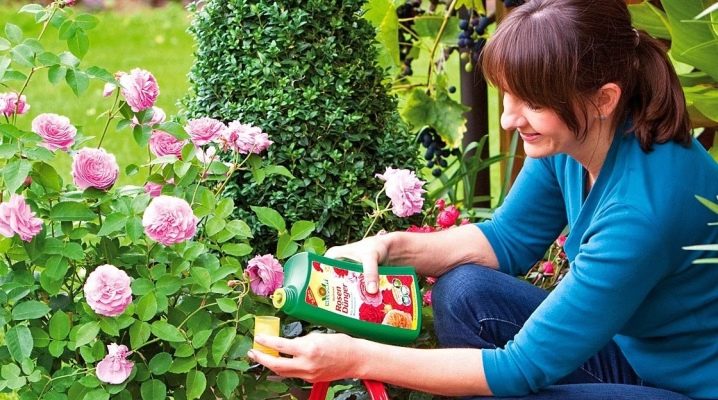
The lush blooming of roses is largely what this crop is grown for in general. To ensure the appearance of beautiful large buds on the bushes, which will delight with their appearance for a long time, it is necessary to attend to the appropriate feeding.

How to fertilize?
In order for roses to bloom profusely, they must be fed with high-quality preparations, which contain all the required components.
Folk remedies
It is possible to achieve lush flowering using cow dung.... The composition of a substance of organic origin contains 2% nitrogen, the same amount of potassium and 1.5% phosphates - that is, elements that play a key role in the development of roses. Fresh manure is diluted with water 1:10 and infused for several days. It can also be left to rot for up to six months. Immediately before use, the concentrated liquid will need to be diluted in a 1: 2 ratio. It is possible to water the bushes with it only with the onset of warmth, since in cold weather the plants absorb nutrients very poorly.
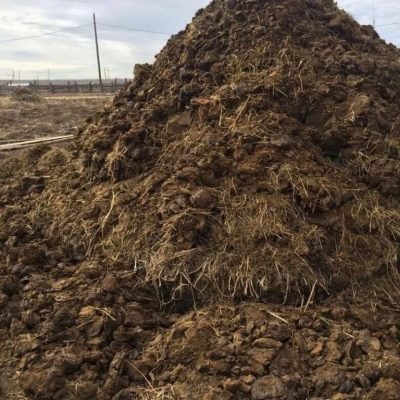
Similarly used and chicken droppings, but before watering the roses, it will have to be diluted 1 to 20. There is also the option of using granular droppings sold in stores. A substance in the amount of 300-500 grams is diluted in 10 liters of water and infused for 24 hours. After the resulting liquid is used for watering the beds. Feeding with chicken droppings can be carried out in the spring, when the plant is still forming, as well as directly during flowering.
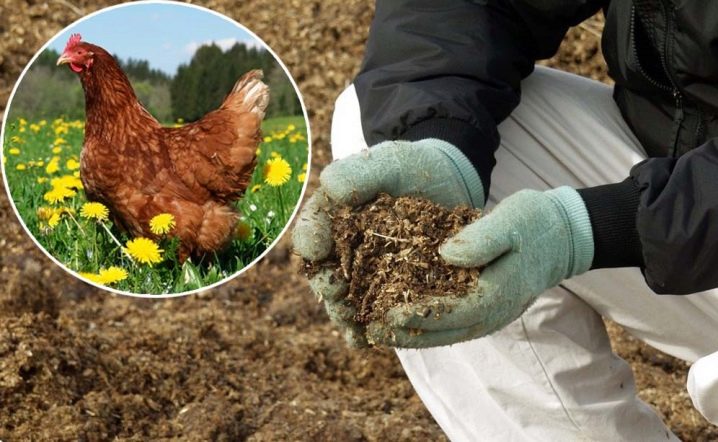
To increase the duration of flowering of bushes planted in the garden, it will turn out with the help freshly harvested nettle. Approximately a kilogram of green mass is poured with 10 liters of water. It will take about two weeks to infuse the mixture, stirring occasionally. Place the barrel or bucket in the fresh air. The finished infusion is highly concentrated, and therefore, before use, it will need to be supplemented with water so that 10 parts of the pure liquid account for 1 part of the concentrate. The ready-made mixture is rich in nitrogen and potassium, and therefore is suitable not only for roses, but also for other crops.
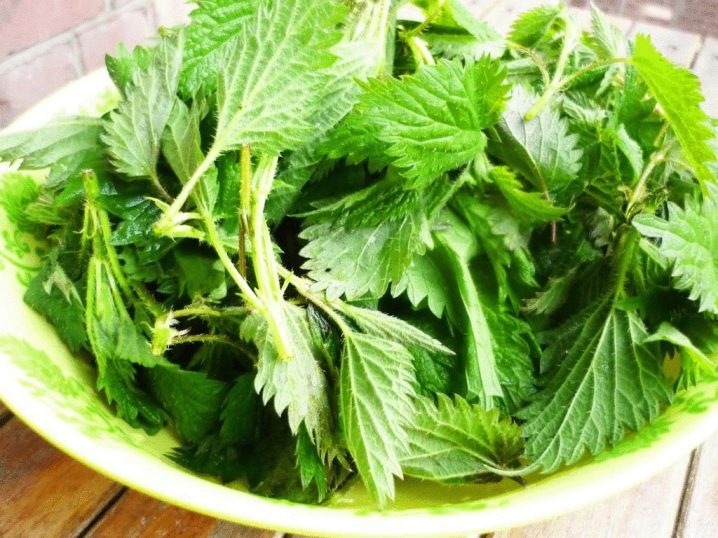
Instead of nettle, it is proposed to use and simply weeds. To do this, a capacious barrel or bucket is filled with grass, tops and weeds, leaving only 1/4 of the space free. 2 tablespoons of soda ash are immediately poured into the green components. The contents of the container are filled to the top with water and left to ferment for several days. Before use, the composition will have to be filtered and diluted with water 3:10.
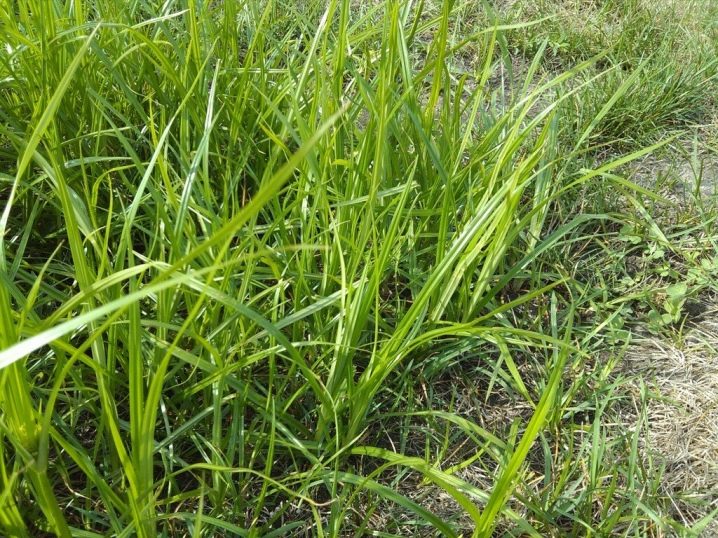
Wood ash it is applied dry, being embedded in the ground, or used to prepare a solution. In the first case, the drug is evenly distributed in the trunk circle. In the second - 180-300 grams of ash powder is mixed with 10 liters of water. After a short infusion, the mixture is used to irrigate the bushes. You can also supplement a couple of glasses of ash with a liter mug of water and, diluting the resulting concentrate with water, use it to spray the bushes.
You can also feed roses homemade banana peel-based remedy. The washed skins are laid out in a jar and filled with boiling water.The liquid will have to be infused for a couple of days, after which it is filtered and used to water the bushes.

Onion skins not only promote better flowering, but also prevent disease and pest attacks. The broth is prepared from 100 grams of the product and 4 liters of the base, which are boiled for about 10 minutes, cooled and filtered. The ready-made mixture is used for spraying, carried out before the formation of buds.
Finished fertilizers
The stores offer a huge number of ready-made preparations for the violent flowering of the culture. For example, a liquid fertilizer called "Fertile watering can", rich in minerals and organics, it also protects the crop from pests and bacteria. Agricola-Aquabeing a liquid form of sodium humate, it is suitable for both indoor and garden plants. In addition to providing better flowering, this drug additionally stimulates the formation of new shoots.
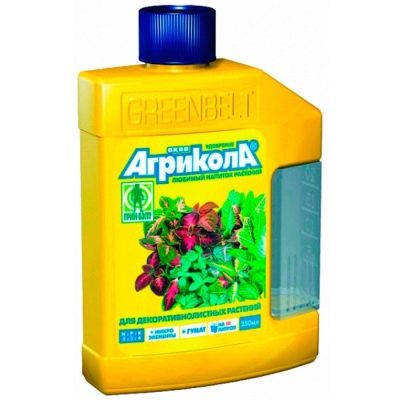
A drug "The Rose" is a universal complex for different varieties and varieties of flowers. As part of fertilizer "Pocon" phosphorus, potassium, nitrogen, copper, zinc and iron are present, which provides the culture with all the necessary trace elements. Granular gets good reviews "Gloria"combining organic and mineral components in its composition.
Its regular use not only increases the number of buds on the bush, but also allows them to maintain their freshness for a longer time.
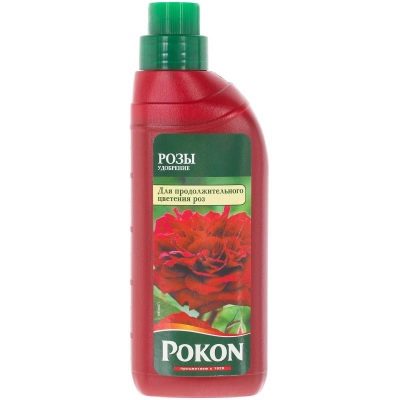
Other dressings
To feed the roses with nitrogen, it would be best to purchase urea or ammonium nitrate. These drugs are used no more than twice a season with an interval of 7 days, and only at the time of the growth of green mass. It is customary to use 20-30 grams per square meter. It is possible to solve the problem with a lack of phosphorus and ensure high-quality flowering of roses with the help of superphosphate or monophosphate in the amount of 10 grams per 10 liters of water. They should be used at the beginning of summer.
If the culture develops in unfavorable conditions, then it will also need potassium - potassium salt or potassium sulfate - about 10 grams per bucket.
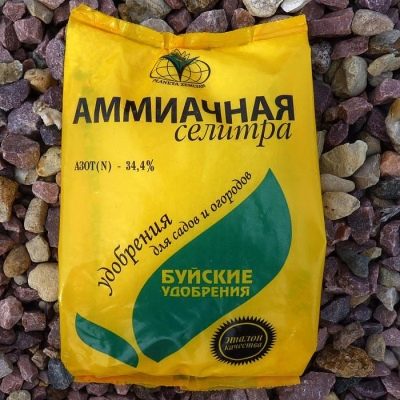
All of the above components can be mixed independently. For example, in autumn, for lush flowering, the next season, the culture is fed with a mixture of 16 grams of potassium monophosphate, 15 grams of superphosphate and a bucket of water. A mix of a tablespoon of superphosphate, the same amount of potassium sulfate and 10 liters of base is also suitable. An alternative to them can be a yeast feeding from 10 grams of dry powder and a couple of tablespoons of granulated sugar diluted with a bucket of heated liquid. The mixture is first infused for about two hours, and then diluted with 50 liters of water and used to water the bushes.
It should be mentioned that it is recommended to combine ammonium nitrate with phosphorus and potassium preparations. Urea can be used for both root and foliar applications.
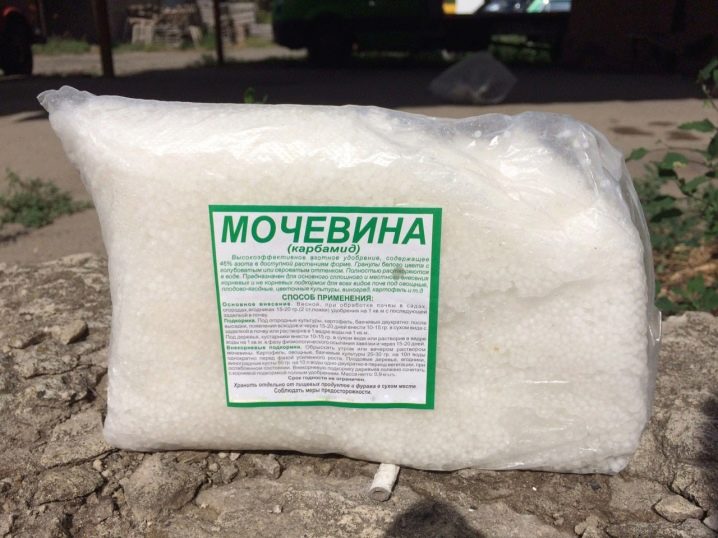
Superphosphate is activated after the leaves appear, but before the buds form. In the same period, potassium nitrate is also useful for roses.
Receives good reviews from pharmacy products boric acid... Powder in the amount of 2 grams is diluted with 10 liters of water and immediately used for irrigation. The procedure, carried out in the spring, ends with loosening the soil. The horsetail of the field will also be useful for roses. The preparation in the amount of 150 grams will have to be supplemented with a bucket of water, and then left to cook for 30 minutes. After filtering the substance, a concentrate will be obtained, and therefore it will need to be diluted with clean water 1: 5. It is very easy to use succinic acid: 1 tablet is dissolved in 2 liters of base and used to spray the bushes.
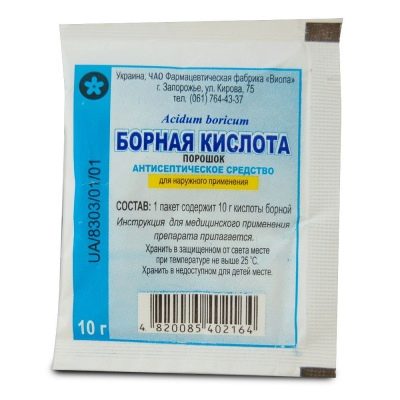
How to feed properly?
Fertilizing roses is most convenient when watering. It is very important not to be mistaken in the dosage, since an excess of nutrients can cause burns to the roots of the plant. When using liquid fertilizer, it is worth watering the soil first, since dry soil absorbs fertilizers faster, which means that the root system is again in danger. Diluting the drug in plain water according to the instructions on the package, it remains only to water the bushes with it.
If granular preparations are chosen as top dressing, then something else must be done.
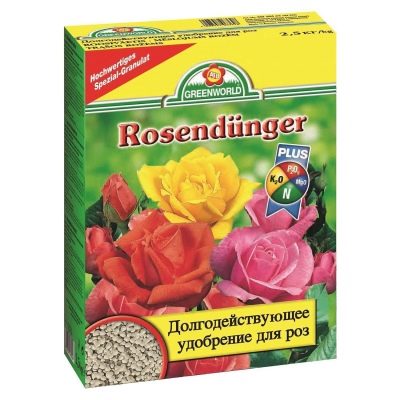
In this case, first, the top layer of earth around the trunk is completely removed. Further, granules are scattered over the surface. Finally, they are covered with earth to form a two-centimeter or three-centimeter layer, after which they are irrigated. Another option involves pulling out a shallow annular groove at a distance of 15 centimeters from the stem. The depression is filled with granules mixed with chernozem, after which it is filled with earth. In this case, the fertilizer will gradually dissolve during irrigation, and therefore the roses will be constantly nourished with useful elements.

In order for roses to bloom constantly, it is better to feed them on schedule. The first fertilization is organized in the spring, from March to April. During active plant growth, it is better to use nitrogen-containing organic matter. In principle, during the spring months, you can even feed the bushes twice. The first time this happens is when the snow melts and the weather is warm. Under the growing bushes, nitrogen mixtures are introduced, for example, ammonium nitrate. If the seedlings are only taken out into the open ground, then humus, superphosphate and potassium salt will have to be placed at the bottom of the hole. The second spring feeding is organized in May, when the leaves begin to bloom. It is recommended to use, again, nitrogen-containing preparations, but which also contain potassium and phosphorus.
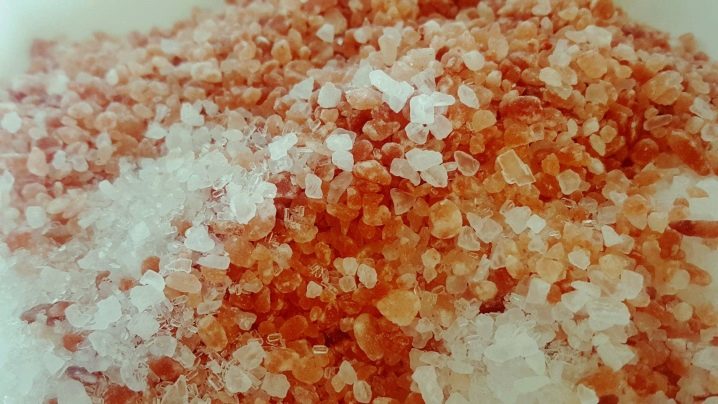
The next procedure is arranged in the summer, in June, before setting the buds. It is good if this summer dressing is mineral, characterized by a slow release of nutrients. When the buds are just starting to set, you can feed the culture again with a mixture of nitrogen, potassium and phosphorus. During flowering, roses are not fed, but after it a complex fertilizer will be useful to them.
It should also be mentioned that roses are not fed until the temperature warms up to + 10 ... 15 degrees. This is explained by the fact that in unheated soil, plants absorb fertilizers worse.
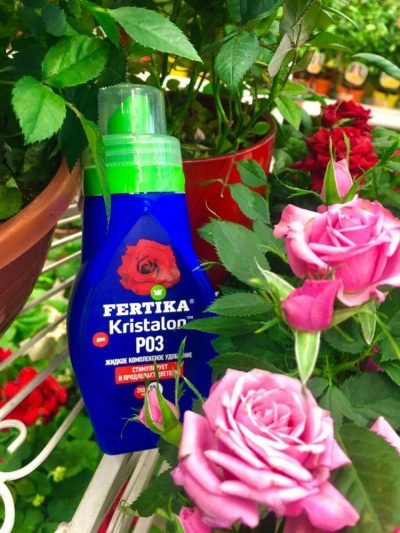
Possible mistakes
When choosing a top dressing for roses, it is important to ensure that the nitrogen content in the composition does not exceed the potassium content. Otherwise, the bush will grow rapidly, but will not bloom at all. In no case should organic matter - droppings, manure or herbal infusion - be used undiluted, otherwise a high concentration of nutrients will lead to root burns. In order for a culture to develop in a balanced way, you cannot provide it with only phosphorus or only nitrogen. Both of these substances, as well as potassium, are indispensable for the rose. The advantage will be the presence in the composition of magnesium, which affects the brightness of the petals, iron, which prevents a number of diseases, boron and manganese.
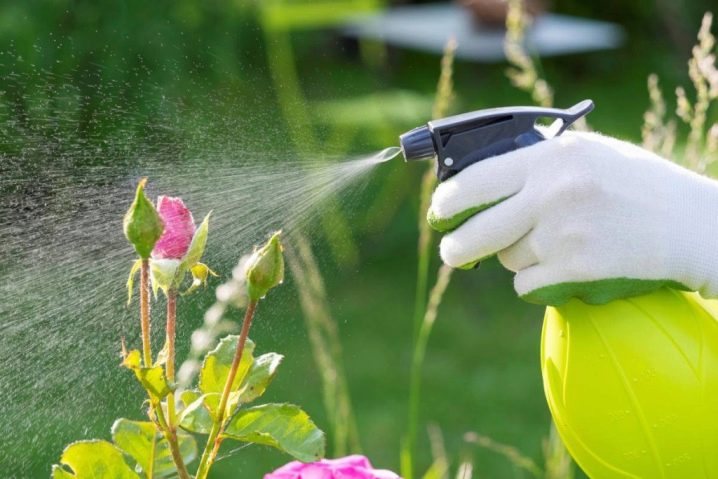

































































































The comment was sent successfully.